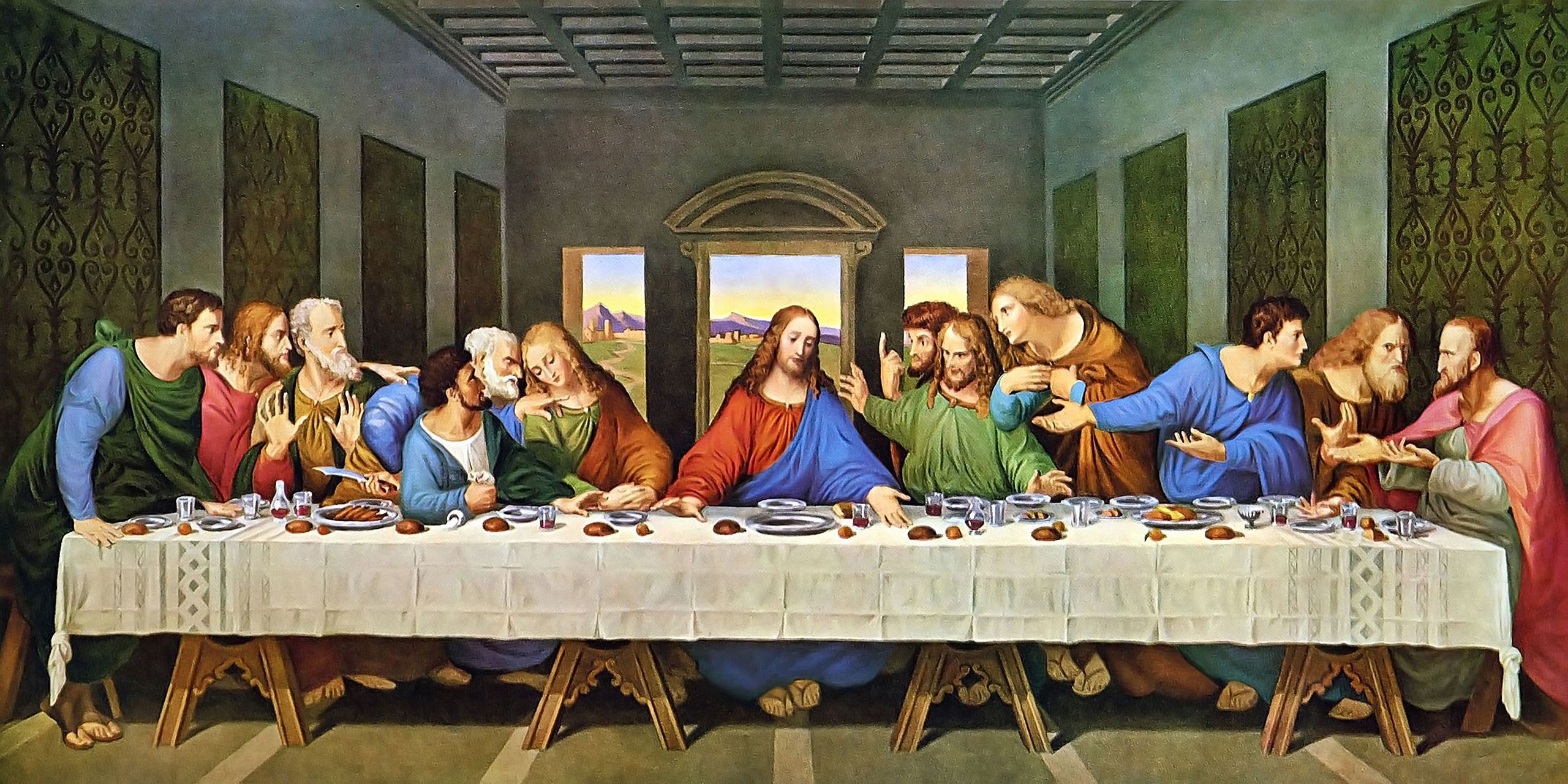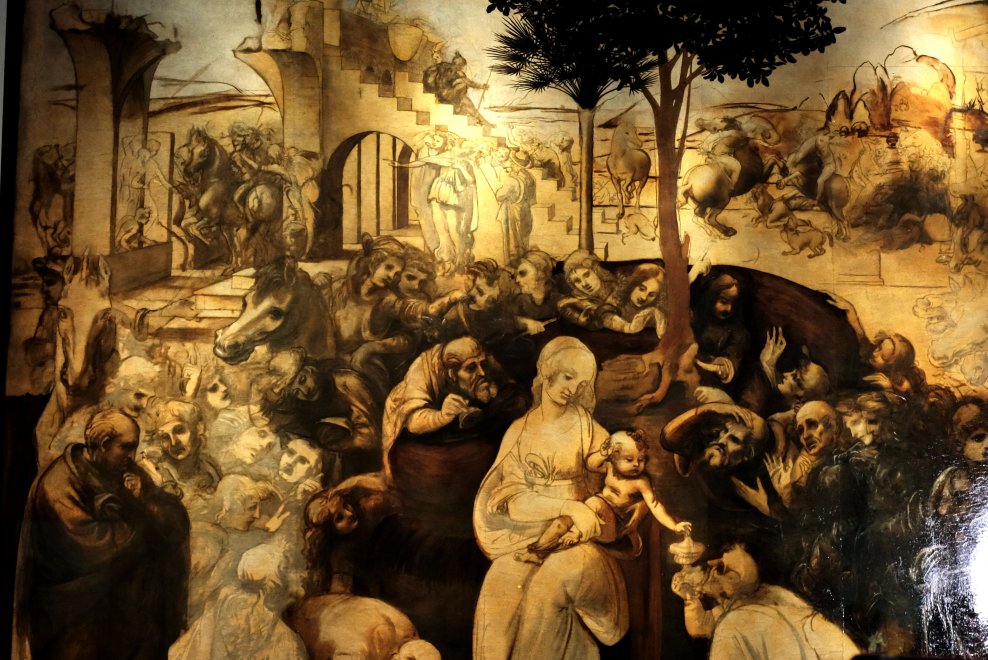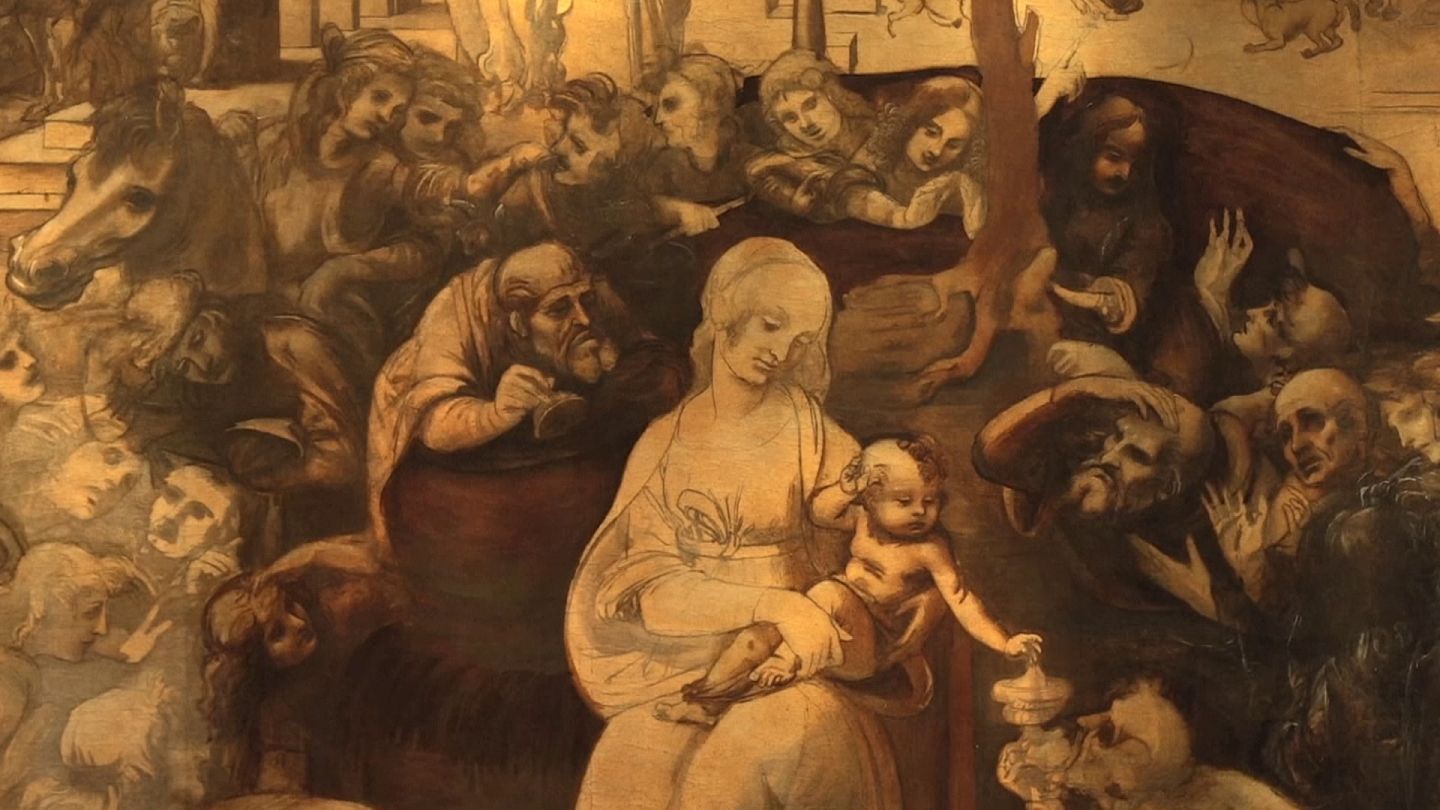Leonardo da Vinci
Leonardo da Vinci, the quintessential Renaissance polymath, made a permanent imprint on the workmanship world with his marvelous compositions. Brought into the world on April 15, 1452, in Vinci, Italy, Leonardo's creative excursion unfurled against the background of a thriving social and scholarly milieu in Florence.
Early Works and Apprenticeship:
Leonardo's creative ability bloomed under the mentorship of Andrea del Verrocchio, an unmistakable Florentine craftsman. During his apprenticeship, Leonardo added to cooperative works, for example, the "Absolution of Christ," where his expertise in portraying nature and curtain alluded to the unmistakable style that would describe his later artistic creations.
Mona Lisa:
Apparently the most renowned work of art on the planet, the "Mona Lisa" (c. 1503-1506) epitomizes Leonardo's progressive way to deal with likeness. The confounding grin of Lisa Gherardini, the subject, is supplemented by the sfumato strategy — an unobtrusive mixing of varieties and changes among light and shadow. The scene behind the scenes adds profundity, making a feeling of solidarity between the subject and her environmental elements.
The Last Dinner:
Painted somewhere in the range of 1495 and 1498, "The Last Dinner" is another notable work. Appointed for the Dominican religious community St Nick Maria delle Grazie in Milan, the canvas catches the second Jesus declares that one of his pupils will sell out him. Leonardo's fastidious scrupulousness, profound articulation, and inventive utilization of viewpoint raise this portrayal of a scriptural scene to an otherworldly level.
Virgin of the Stones:
Leonardo made two variants of the "Virgin of the Stones" (c. 1483-1486 and c. 1495-1508). The two variants highlight the Virgin Mary, the Christ Kid, and a holy messenger in a cave. The utilization of chiaroscuro, a strategy underscoring contrasts among light and shadow, instills the piece with a feeling of secret and show.
Annunciation:
Painted from the get-go in his profession, the "Annunciation" (c. 1472-1475) grandstands Leonardo's authority of viewpoint and his capacity to catch ethereal magnificence. The heavenly messenger Gabriel's declaration to the Virgin Mary is depicted with an amicable equilibrium of light, variety, and imagery.
Ginevra de' Benci:
Among Leonardo's initial pictures is the "Ginevra de' Benci" (c. 1474-1478), portraying a young lady from an unmistakable Florentine family. The picture, striking for its sensitive delivering of nature, is set against a juniper bramble, representing prudence and loyalty.
Saint John the Baptist:
Painted in Leonardo's later years (c. 1513-1516), the "Saint John the Baptist:" is portrayed by the craftsman's investigation of otherworldliness and imagery. The subject, John the Baptist, is delivered with a supernatural quality, and the utilization of chiaroscuro upgrades the thoughtful environment.
Veneration of the Magi:
Left incomplete, the "Love of the Magi" (c. 1481) gives a brief look into Leonardo's inventive flow. The perplexing piece, portraying the Three Wise Men introducing gifts to the newborn child Jesus, features his dominance of dynamic, joined figures and structural components.
Inheritance and Impact:
Leonardo da Vinci's effect on the specialty of painting reaches out a long ways past the material. His creative strategies, including sfumato and chiaroscuro, changed imaginative articulation. The mix of science and life systems into his specialty raised the authenticity and profound profundity of his canvases.
Incomplete Works:
Leonardo's inheritance is likewise set apart by a progression of incomplete compositions, including "The Veneration of the Magi" and "Holy person John the Baptist." These works offer a brief look into his inventive flow and the ceaseless quest for flawlessness that portrayed his creative undertakings.
End:
Leonardo da Vinci's canvases rise above simple portrayal; they are windows into a psyche that flawlessly mixed craftsmanship and science, pushing the limits of what was conceivable in the fifteenth and sixteenth hundreds of years. His capacity to catch the human involvement in unrivaled authenticity, combined with his imaginative procedures, concretes his place as quite possibly of the best painter throughout the entire existence of workmanship. The appeal of the Mona Lisa's grin and the significant profundity of The Last Dinner proceed to enrapture and move ages, guaranteeing that Leonardo da Vinci's effect on the universe of painting stays immortal.











